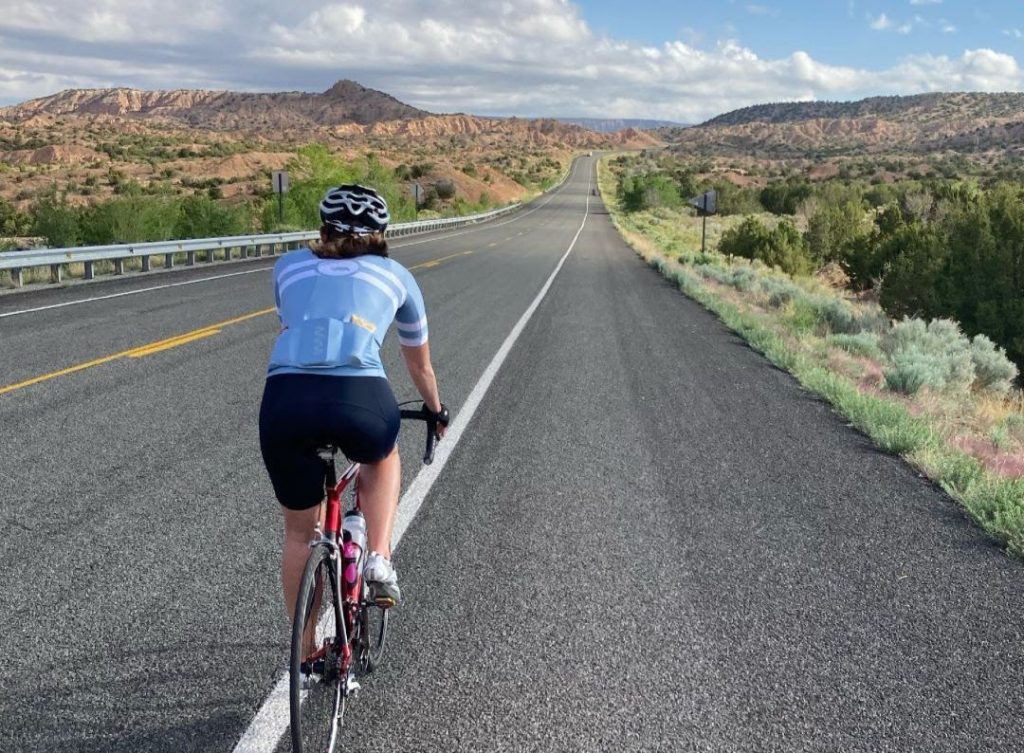Words by Taylor Thomas
Coach Taylor is the Founder of TEC and a lifetime endurance athlete. For more information on coaching services, or to schedule a free orientation call with an expert coach click HERE.
More and more athletes are turning to long-distance running for the unique challenges it presents. There’s a special feeling that comes with conquering longer distances on foot, and striving for progressively longer runs is what motivates many runners to continue to push themselves. Typically runners will tackle their biggest runs during the summer when the temperature is at its peak. These runs present special challenges when it comes to hydration. Without a proper hydration strategy, run performance suffers, recovery is made more difficult, and perceived exertion skyrockets.
When to Focus on Hydration
Hydration should be a critical part of an athlete’s normal healthy daily routine. One of the best and easiest ways to ensure proper hydration is to remain hydrated on a daily basis. Daily hydration should come from both liquid consumption, as well as the food you ingest. A proper diet goes a long way in feeling hydrated during workouts. The duration of a run is a starting point for judging how much focus should be placed on hydration. If the run is 60 minutes or less then as long as you’re not dehydrated at the beginning of the run you’ll more than likely be fine without taking in fluid during the run. Just be sure to drink 16-20oz. of water or sports drink immediately following exercise. When durations begin to exceed 1 hour greater care needs to be taken to prevent too much fluid loss. Depending on your individual sweat rate, and your sweat’s sodium concentration, you may be able to consume plain water or may need to add electrolytes to not see a degradation in performance. As distances increase hydration should remain top of mind both before, during, and after your runs.
How to Hydrate
The question of “how to hydrate?” is a much more nuanced question than many think. There’s a lot that dictates how individuals need to hydrate such as sweat rate, sodium concentration, age, altitude, temperature, blood plasma volume, terrain, and much more. The following are guidelines and should be treated as a starting point. Dialing in an individualized hydration and nutrition plan takes time, experimentation, and an intimate knowledge of your unique physiology. Starting 2 hours before your run ingest around 500ml of fluid, then another 150ml before you start your run. It’s important to not drink too much water, as it can lead to hyponatremia or low blood sodium which can be very dangerous. For runs lasting longer than 1 hour, the aim should be to consume a drink mixture containing both carbohydrates and sodium. Carbohydrates, specifically maltodextrin, aid in water absorption into the bloodstream. Research has shown that 6g of carbs per 100ml of fluid is an ideal mixture to facilitate proper absorption. Sodium increases our thirst sensation and urge to drink which is vital during prolonged exercise. Current guidelines recommend anywhere from 300-800 ml of fluid per hour. This is a broad range and thus the need for individualization and experimentation.
Things to Consider
The type of fluid matters as much as the quantity and timing of it. The makeup of different types of hydration mixtures dictates how your body processes them, and how they impact fluid retention, hydration, and recovery. Below are the three primary fluid makeups to consider.
Hypotonic drinks are more dilute than the fluids in your body (there are fewer particles per 100ml). This means that these solutions can be absorbed faster than plain water. An example would be a diluted fruit juice consisting of 1 part juice and 3 parts water. These are ideal in hot conditions when fluid loss is rapid.
Isotonic fluids are the same concentration as the fluids in your body. They can be absorbed as fast as water. These fluids are a great middle-ground for hydration and refueling. An example would be a 1:1 fruit juice/water mixture.
Hypertonic drinks are more concentrated than the fluids in your body and are thus absorbed more slowly. These are drinks such as cola and non-diluted fruit juice. These are great post-exercise when energy is needed, but fluid volume isn’t as critical.
Hydration is as much of an art as it is a science. Every runner’s body is different, and finding the right balance takes time. However, there are things you can do such as showing up hydrated to every run, adding carbs and sodium when necessary, and working to find the right volume per hour will aid in maintaining performance during your run, and proper recovery post-run. Don’t let the heat of the summer keep you from striving for big goals.




2 Comments. Leave new
Always informative. Thanks for the guide.
Glad you found it helpful!